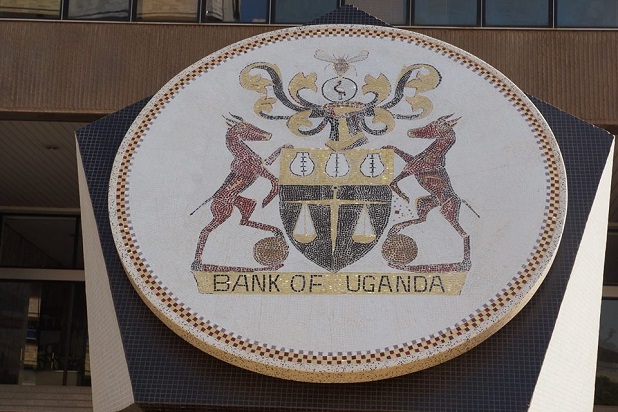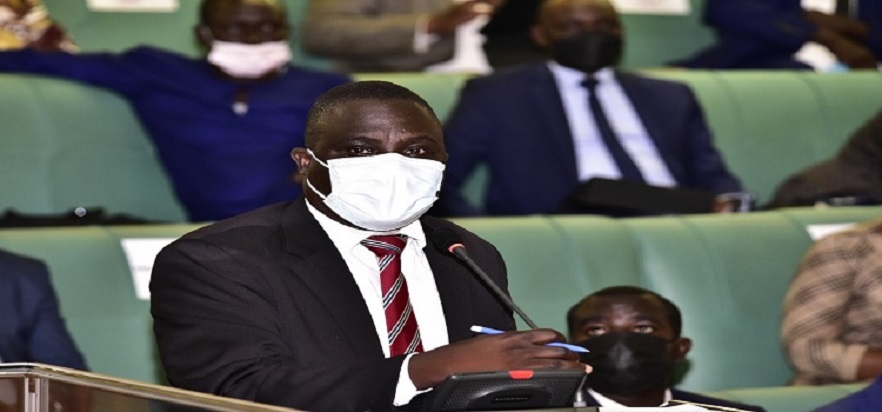Nine out of the 26 registered commercial banks in Uganda registered a decline in profits in 2021, compared to the previous year.
Over the same period, eight banks registered a loss, according to a compilation of the annual financial performance statements for the year ending December 2021. This comes at a time the financial sector believes that the real effects of the COVID-19 pandemic are just beginning to manifest in the economy and that they might take longer and be far-reaching.
In total, the commercial banks registered a profit of 1 trillion and 1 billion Shillings, which was 244 billion Shillings lower than the previous year’s performance. Slightly, more than half of the total profit was from Stanbic and Centenary bank as well as Absa Bank, which also made the biggest profit growth of 68 billion shillings.
Exim Bank also improved significantly as the only bank to turn around its performance, from a loss of Shillings 6.6billion to a profit of 2 billion Shillings. On the other hand, NCBA, Opportunity and Cairo Bank fell into losses. For Cairo, this was a dent in their ‘recovery journey’, which was launched in 2019 with the restructuring from Cairo International to Cairo Bank Uganda Ltd, according to Executive Director, Sylvia Jagwe Owachi.
“Our journey started in 2019, with a lot of restructuring, and the co-bank system changed because we were positioning the bank for growth in that year,” she said of the year 2020 when the Bank posted a 2.6 billion Shillings profit, after years of losses. Jagwe said that during the year, the bank’s loans grew by 85 per cent and its deposits by 50 per cent in what she called a year of transformation.
Other loss-makers were Afriland First Bank, Eco Bank, UBA Uganda, Tropical Bank and I&M Bank, with all posting increases in losses, except for UBA which slightly reduced its loss. Most of the banks say their operations were affected by the continued measures against the pandemic, including a second lockdown during the year, while some economic activities had been restricted since March 2020.
Mathias Katamba, the Dfcu Chief Executive Officer, who is also the chairman of the Uganda Bankers’ Association, says the industry was affected by the increase in loan impairment due to the effects of the pandemic on the borrowers. His bank, which is among the top five largest by asset size since the takeover of some of Crane Bank Ltd’s assets, dropped from fourth to 11th most profitable company, as profits fell from 24 billion Shillings in 2020 to 13 billion Shillings in 2021.
Katamba was impressed with some areas of performance including a 21 per cent increase in operating income, as well as reduced a 26 per cent reduction in interest expense, and improved operational efficiency. He expects 2022 to be better for the industry.
“The full reopening of the economy provides renewed optimism about the prospects of our business customers getting back to full operations which will improve their repayment ability, increasing demand for credit and providing a positive outlook for our performance,” said Katamba.
According to the Bank of Uganda, the banks made adjustments in their operations to respond to the business environment, some of which would impact their performance. The banks, for example, raised interest rates rose in the quarter to October 2021 to an average of 19 per cent, up from 17.6 per cent in the three months to July 2021.
This largely reflected commercial banks’ fear of risk following the end of the Credit Relief Measures and the adverse impact of pandemic-related restrictive measures. According to the records, credit to the private Sector Credit returned to growth, partly due to an improvement in economic activity following the easing of lockdown measures.
Year-on year growth in private sector credit recovered to an average of 9.5 per cent, up from 7.9 per cent in the quarter to July 2021. “The outlook is for a continued increase in Private Sector Credit growth PSC growth as the pandemic is contained, the economy fully opened, and the economic recovery takes root”.
Economic activity has picked up since the easing of the lockdown in July 2021, and this was boosted by the full reopening of the economy in January 2022. However, BOU fears that geopolitical disruptions like the Russia-Ukraine conflict, which have affected supply chains around the world are having an impact on household and business incomes, which could in the mid-term affect credit.
“The war has heightened the already higher commodity prices and the supply chain disruptions which have greatly increased the cost of several imported raw materials feeding into higher marginal costs of production which might induce a contraction in investment spending. The higher commodity prices have also started directly feeding through to consumer prices, eroding the real value of consumer incomes, weakening consumer optimism and Household demand,” says the BOU.
Overall, the sentiments in the banking industry show optimism for better performance in 2022. The Bank of Uganda continues to be protective of the industry, maintaining a ban on the payment of dividends to shareholders.
This is aimed at ensuring that the industry has strong liquidity, and any bank that wants to give dividends has to convince the BOU of its strong liquidity position before permission is granted. “Therefore, the bank subsidiary must obtain explicit approval from BOU to pay a dividend to SUHL.
This dividend payment would form a significant portion of the SUHL shareholder dividend pool. Engagements with BOU concerning dividend payments for 2020 and 2021 remain underway…,” says Stanbic Chief Executive Anne Juuko.
–URN





